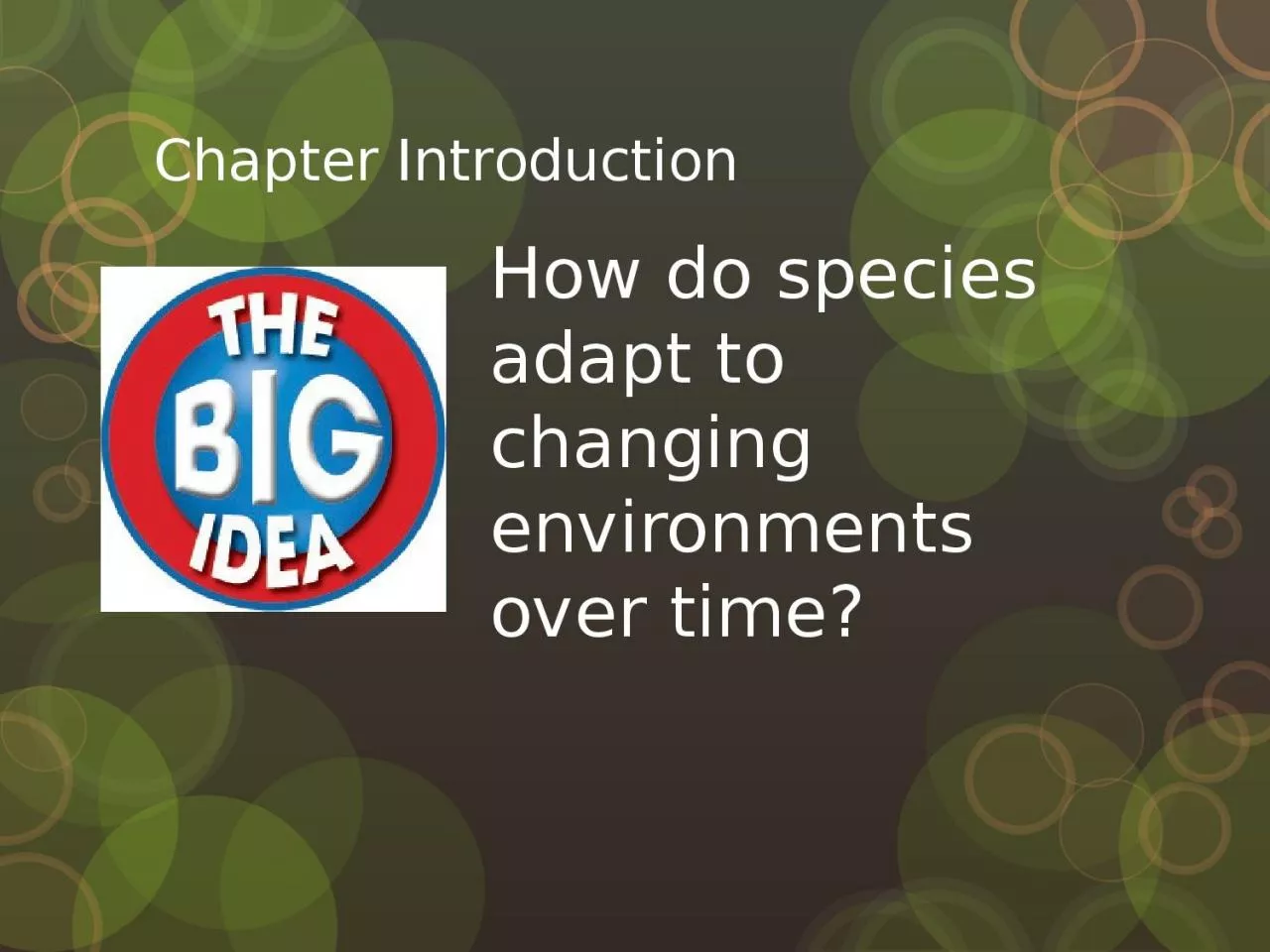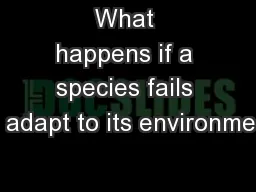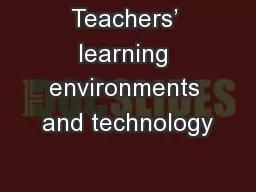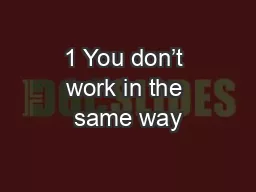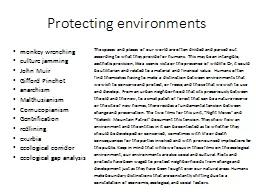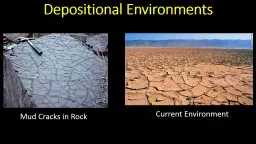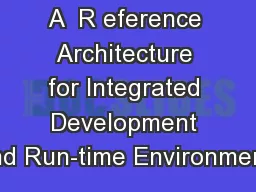PPT-Chapter Introduction How do species adapt to changing environments over time?
Author : eliza | Published Date : 2022-06-18
Chapter Introduction What do you think Before you begin decide if you agree or disagree with each of these statements As you view this presentation see if you change
Presentation Embed Code
Download Presentation
Download Presentation The PPT/PDF document "Chapter Introduction How do species adap..." is the property of its rightful owner. Permission is granted to download and print the materials on this website for personal, non-commercial use only, and to display it on your personal computer provided you do not modify the materials and that you retain all copyright notices contained in the materials. By downloading content from our website, you accept the terms of this agreement.
Chapter Introduction How do species adapt to changing environments over time?: Transcript
Download Rules Of Document
"Chapter Introduction How do species adapt to changing environments over time?"The content belongs to its owner. You may download and print it for personal use, without modification, and keep all copyright notices. By downloading, you agree to these terms.
Related Documents

